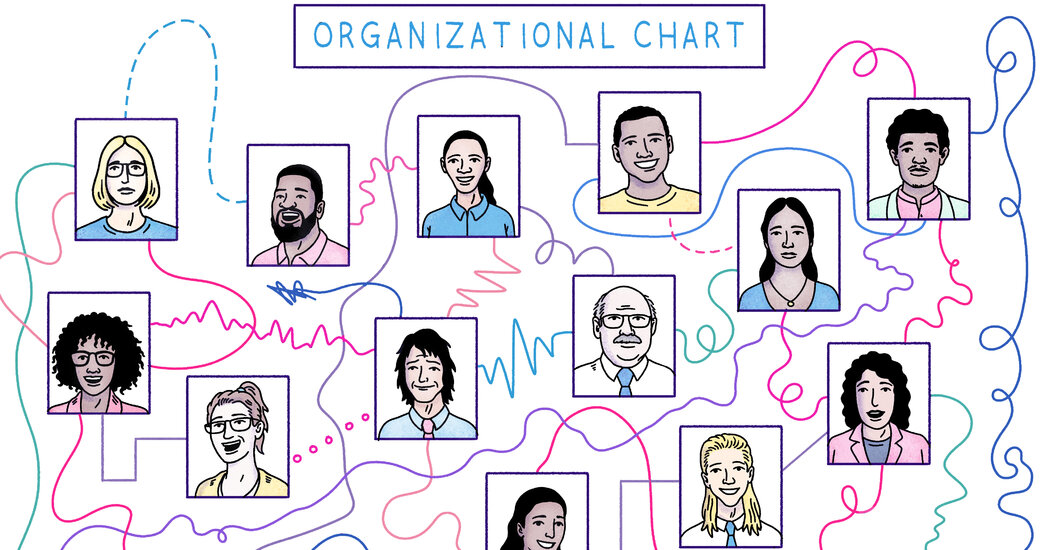What Is a ‘Moat’? – The New York Times
SHOP TALK
Company leaders talk a lot about “moats.” That can sometimes invite regulatory scrutiny, as it did with Amazon, which was sued this week.
So what exactly is a moat?
/ mōt /
A word used by corporate executives, often as a brag, to describe a competitive edge that boosts profits and market share.
Nvidia has been hailed by Wall Street for the “moat” it has built around its chips to power artificial intelligence systems. Starbucks wants to retain its moat in China.
So what’s all this talk of moats, and why do executives use the word so much?
As with a lot of business jargon, the term is simply a cheeky, if overused, metaphorical shorthand.
The physical moats of medieval times were deep, water-filled trenches that fortified castles or entire cities against the battering rams of charging soldiers.
In the economic sense, moats are a company’s advantages that protect its profits and market share. People often credit Warren Buffett with popularizing the term.
“Moat is just ‘pricing power’ by a less controversial name,” said Samuel Rines, the managing director of Corbu, a financial research firm. And “pricing power” is just a fancy term for a company’s ability to charge customers more without losing them.
High-quality products combined with great marketing and branding can create a moat: Consider Apple’s addictive, interconnected universe of devices. (I typed this article on a MacBook and conducted interviews, including texts, on my iPhone.) Patent protections and geographic advantages can also give a company a moat.
“Moat” came up in 316 company transcripts for the second quarter, a record, and in nearly 250 transcripts for the third quarter as of Sept. 20, according to the market intelligence platform AlphaSense. Its spike coincides with high inflation and economic uncertainty, which may be prompting executives to feel more defensive (and use more defensive language) about losing share to competitors.
While companies brag about moats, they could lead to overpriced goods and services that contribute to higher inflation. And some experts worry they may unfairly lock out competitors.
Just this week, the Federal Trade Commission and 17 states sued Amazon on antitrust grounds. Among the accusations was that Amazon created its Prime membership in 2005 to “draw a moat” around its best customers. Amazon has called the lawsuit “misguided.”
Last year, the Justice Department blocked Penguin Random House from acquiring Simon & Schuster, over worries that the sale would give the publishing house too wide of a moat.
Still, experts acknowledge that some fortifications are fairly earned. Take social media.
If you log on to Instagram every day, it’s probably because you like using the app, not because it is stopping you from joining, say, Snapchat. That sort of moat is both a huge boon for investors in Meta (Instagram’s parent company) and usually safe from antitrust scrutiny — and the ire of economists.



